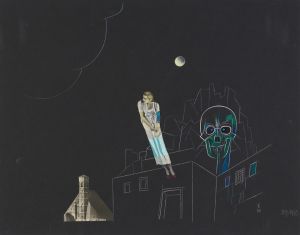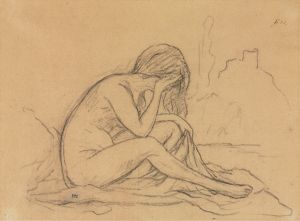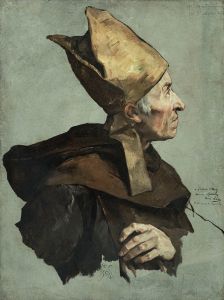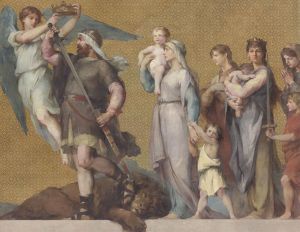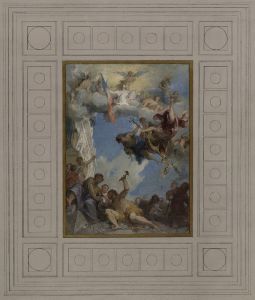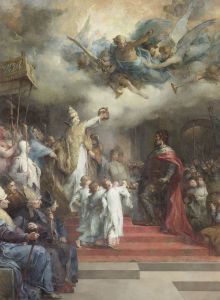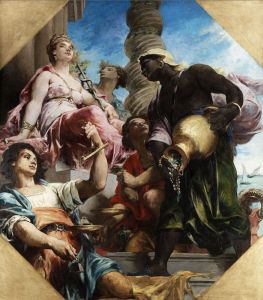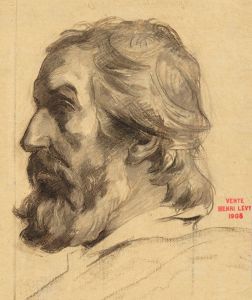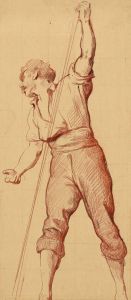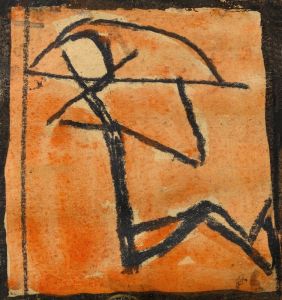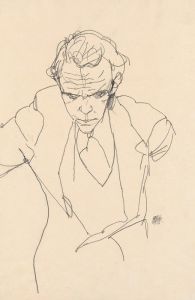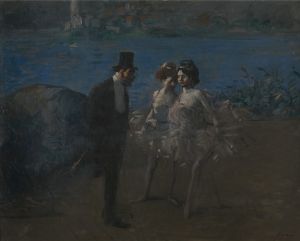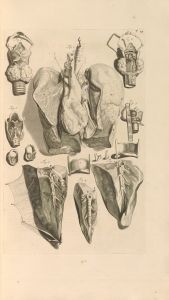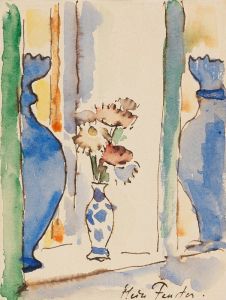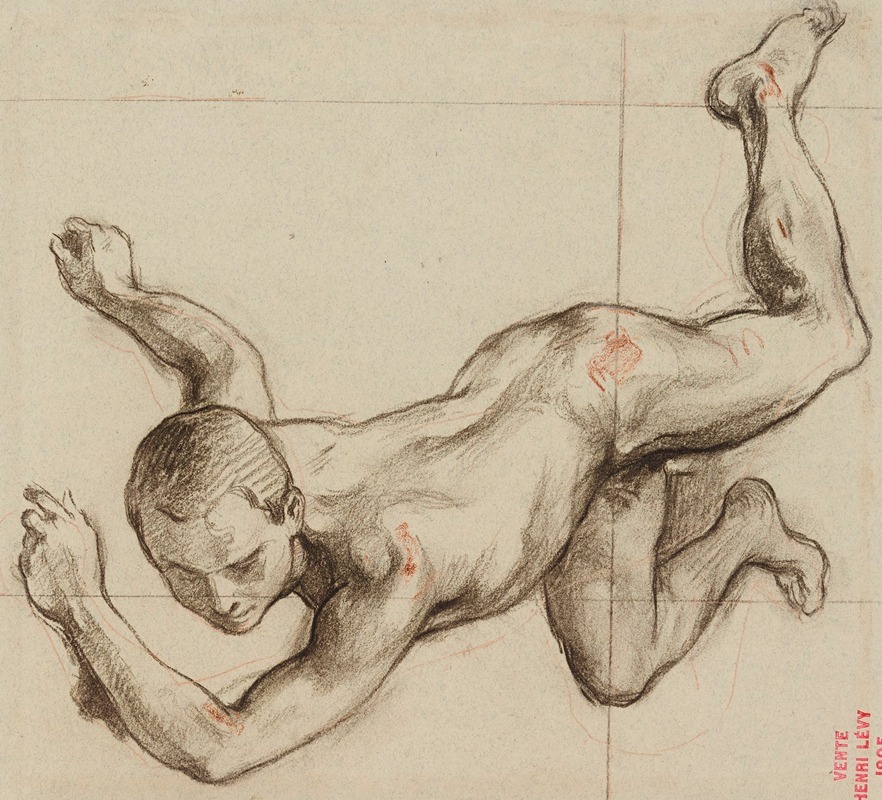
Etude de jeune homme nu contorsionné
A hand-painted replica of Henri Leopold Lévy’s masterpiece Etude de jeune homme nu contorsionné, meticulously crafted by professional artists to capture the true essence of the original. Each piece is created with museum-quality canvas and rare mineral pigments, carefully painted by experienced artists with delicate brushstrokes and rich, layered colors to perfectly recreate the texture of the original artwork. Unlike machine-printed reproductions, this hand-painted version brings the painting to life, infused with the artist’s emotions and skill in every stroke. Whether for personal collection or home decoration, it instantly elevates the artistic atmosphere of any space.
Henri Léopold Lévy was a French painter known for his academic style and historical and religious subjects. Born in 1840 in Nancy, France, Lévy studied at the École des Beaux-Arts in Paris under the tutelage of François-Édouard Picot and Alexandre Cabanel, both prominent figures in the academic art scene of the 19th century. Lévy's works often reflect the influence of his mentors, characterized by meticulous attention to detail and a strong emphasis on classical themes.
"Etude de jeune homme nu contorsionné" is one of Lévy's studies, focusing on the human form. The title translates to "Study of a Young Nude Man Contorted," indicating that the work is likely an exploration of the male anatomy and the complexities of human posture. Such studies were common in academic art training, where artists honed their skills in depicting the human body with accuracy and expression.
Lévy's work, including this study, is marked by a dedication to realism and an interest in the expressive potential of the human figure. The study likely served as an exercise in understanding muscle structure and the effects of tension and movement on the body. This focus on anatomical precision is a hallmark of academic art, which valued technical skill and adherence to classical ideals.
Throughout his career, Lévy exhibited regularly at the Paris Salon, the official art exhibition of the Académie des Beaux-Arts. His participation in these exhibitions helped establish his reputation as a skilled painter within the academic tradition. While "Etude de jeune homme nu contorsionné" may not be one of his most famous works, it exemplifies the rigorous training and attention to detail that characterized Lévy's approach to art.
Lévy's oeuvre includes a range of subjects, from historical and religious scenes to portraits and studies like this one. His ability to capture the nuances of human expression and form is evident across his body of work. Despite the changing tides of art movements during his lifetime, Lévy remained committed to the principles of academic painting, which emphasized technical proficiency and adherence to classical themes.
The study of the human form has long been a central component of artistic training, and works like "Etude de jeune homme nu contorsionné" are crucial for understanding the development of an artist's skill and style. Lévy's dedication to this practice reflects the broader academic tradition of his time, which valued the mastery of drawing and anatomy as foundational to the creation of art.
Henri Léopold Lévy passed away in 1904, leaving behind a legacy of works that continue to be appreciated for their technical skill and adherence to the classical tradition. While not all of his studies and lesser-known works are widely documented, they remain an integral part of his artistic journey and the broader narrative of 19th-century academic art.





